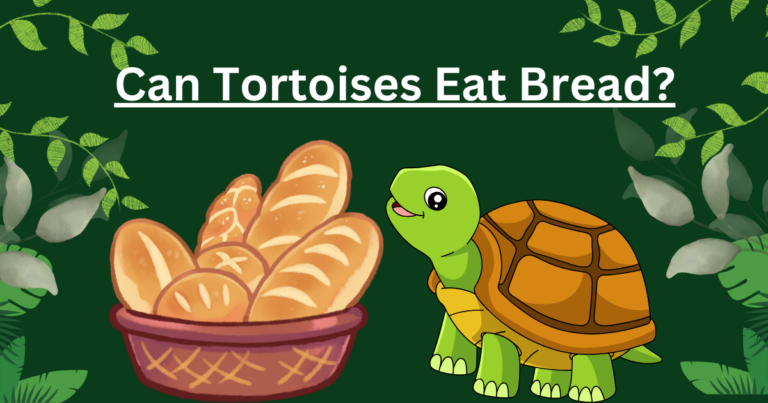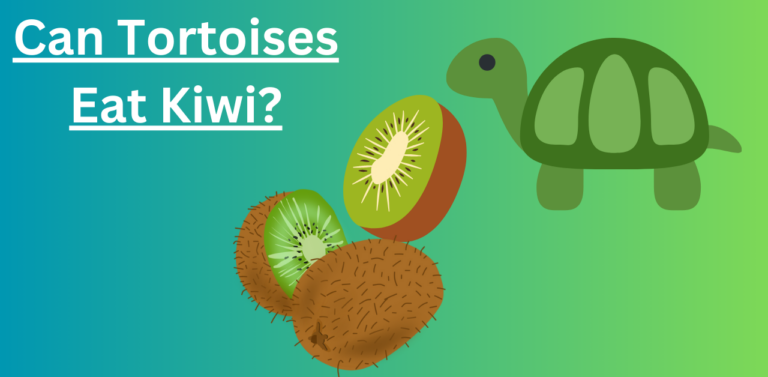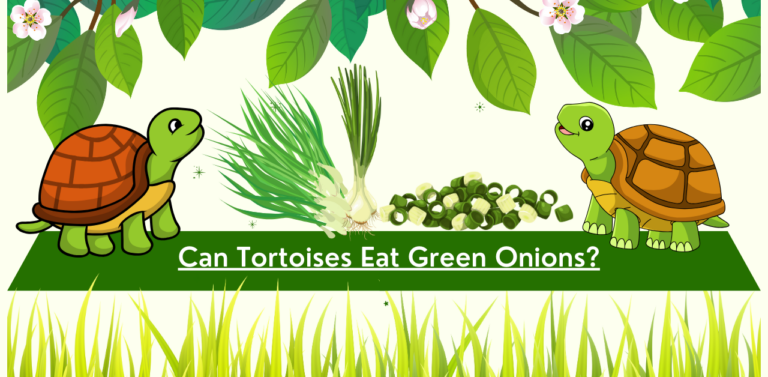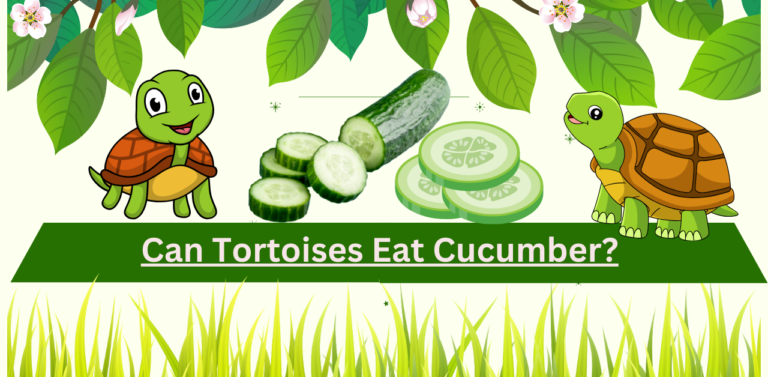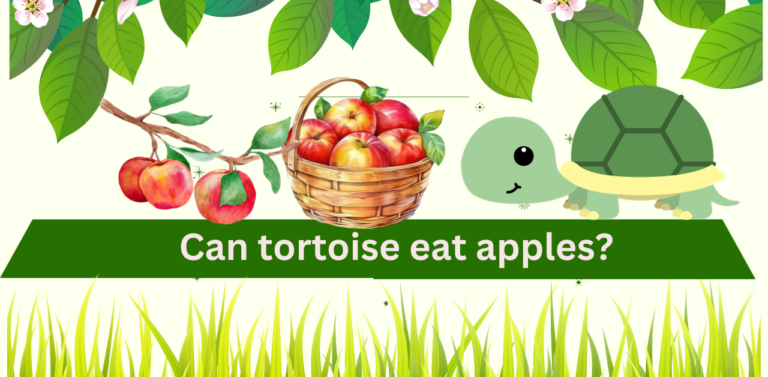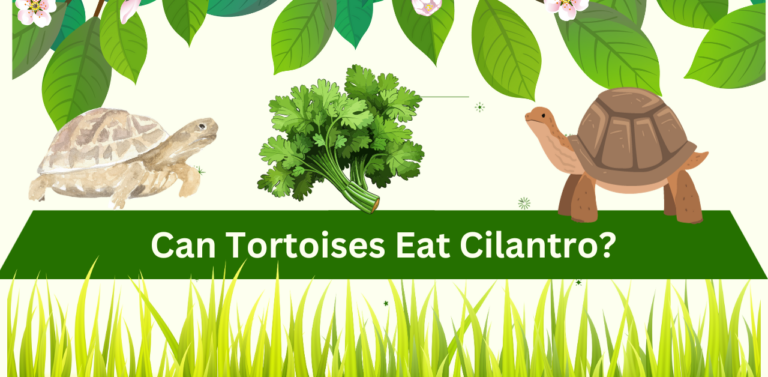Introduction:
Turtles are entrancing reptiles known for their sluggish-paced lives and herbivorous eating regimens. When it comes to their dietary preferences, tortoise owners often find themselves pondering what treats they can offer their shelled companions. One common question that arises is whether tortoises Can Tortoises Eat Cranberries? In this article, we’ll dive deep into the world of tortoise nutrition to discover whether these tart little berries can make it onto the menu.
The Nutritional Profile of Cranberries:
Cranberries are small, red, and packed with nutrients. They are eminent for their high L-ascorbic acid substance, which offers safe help and goes about as a cancer prevention agent. Moreover, cranberries contain dietary fibre, vitamin K, and different minerals, like manganese. Their particular poignancy comes from natural acids, like citrus extract and quinic corrosive. While these components make cranberries a nutritious choice for humans, tortoises have a different set of dietary needs.
Tortoise Dietary Needs:
Turtles are basically herbivores, and their eating regimens comprise salad greens, vegetables, and, infrequently, a few natural products. The way to give an even eating regimen to a turtle is to impersonate their normal taking care of propensities as intently as could really be expected. Different species of tortoises have varying dietary requirements, but most should consume a diet rich in fibrous, leafy greens like kale, collard greens, dandelion greens, and hibiscus leaves. Organic products ought to be given sparingly because of their high sugar content. So, where do cranberries fit into this equation?
Can Tortoises Eat Cranberries?
While cranberries have several nutritional benefits for humans, they don’t align perfectly with a tortoise’s dietary needs. Tortoises thrive on a high-fiber, low-sugar diet that predominantly consists of leafy greens. Cranberries, on the other hand, contain relatively high levels of natural sugars and acidic compounds.
The high sugar content in cranberries can lead to digestive issues for tortoises if consumed in excess. Turtles have a delicate stomach-related framework, and an excess of sugar can disturb their stomach verdure and cause loose bowels. Additionally, the acidic nature of cranberries might not agree with their stomachs, potentially leading to gastrointestinal discomfort.
Moderation is Key:
While cranberries should not be a staple in a tortoise’s diet, they can be offered as an occasional treat. Assuming you choose to give cranberries to your turtle, it’s significant to do so with some restraint. Small, infrequent portions of cranberries can provide some variety in their diet and introduce new flavours.
Preparing Cranberries for Tortoises:
If you do decide to share cranberries with your tortoise, here’s how to prepare them:
- Wash the cranberries thoroughly to remove any pesticides or contaminants.
- Cut the cranberries into little, reasonable parts to make them simpler for your turtle to eat.
- Mix the cranberries with their regular leafy greens and vegetables to create a balanced treat.
Can Leopard Tortoises Eat Cranberries?
Leopard turtles, in the same way as other turtle species, are essentially herbivores and have explicit dietary necessities. Their normal eating regimen in the wild comprises chiefly of high-fibre, salad greens, grasses, and a few vegetables. While they are not typically fruit-eaters in the wild, they may consume small amounts of fruits on occasion. However, cranberries are not an ideal choice for their diet.
Cranberries are relatively high in natural sugars and can be acidic, which may not be suitable for the digestive system of leopard tortoises. Taking care of them food sources that are high in sugar can prompt stomach-related issues and other medical conditions.
It’s generally recommended to provide leopard tortoises with a diet that closely mimics their natural foraging habits, which primarily consists of fibrous, leafy greens like dandelion greens, collard greens, and hibiscus leaves, as well as grasses and occasional vegetables. Fruits should be offered sparingly and only as an occasional treat.
If you are considering offering cranberries to your leopard tortoise or introducing any new food items to their diet, it’s essential to do so in moderation and monitor their response closely. Furthermore, talking with a veterinarian or reptile expert is fitting to guarantee that you are following an even and suitable eating routine for your particular turtle’s age and well-being status.
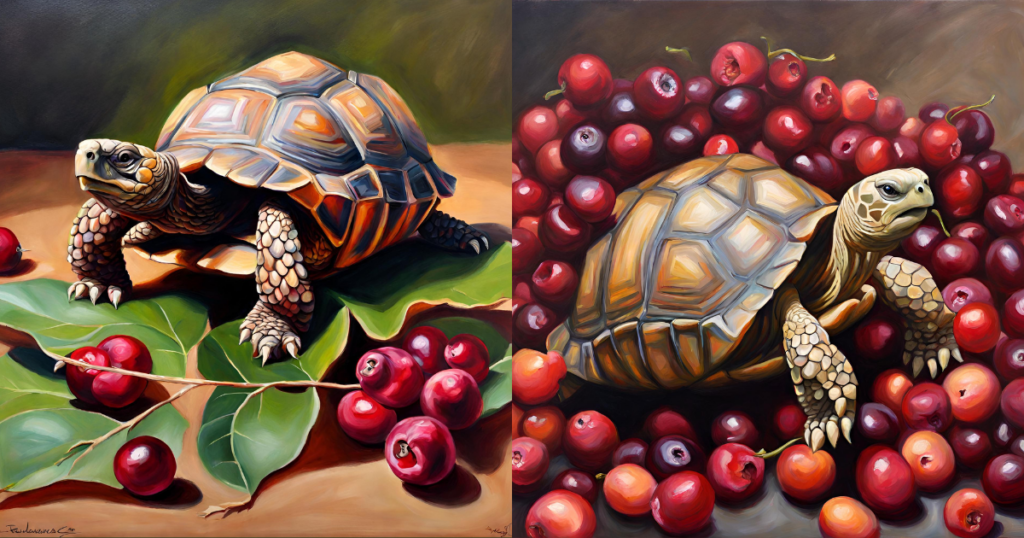
Can Red-Footed Tortoises Eat Cranberries?
Red-footed tortoises are omnivorous, which means they have a more varied diet compared to some other tortoise species. Their eating routine in the wild incorporates a blend of vegetation, organic products, and, surprisingly, some creature matter, like bugs. While they can consume a wider range of foods, it’s essential to maintain a balanced diet to ensure their health and well-being.
Cranberries can be offered to red-footed tortoises in moderation as part of their fruit intake. They are generally low in sugar, contrasted with a few different organic products, which makes them a superior decision for turtles. However, you should still provide cranberries sparingly and not as a primary food source.
Here are some guidelines for feeding cranberries to your red-footed tortoise:
- Moderation: Offer cranberries as an occasional treat, not a regular part of their diet. They ought to make up a little part of their general natural product consumption.
- Variety: Red-footed tortoises benefit from a diverse diet. Alongside cranberries, provide other fruits like berries, melon, and figs, as well as a mix of leafy greens and vegetables.
- Preparation: Wash cranberries thoroughly to remove any pesticides or contaminants. You can offer them entirely or cut them into more modest, reasonable pieces.
- Observation: Pay attention to how your tortoise reacts to cranberries. If they seem to enjoy them and don’t experience any digestive issues, you can continue to offer them in small quantities.
- Consultation: As always, it’s a good idea to consult with a veterinarian or reptile specialist who can provide specific dietary recommendations based on your red-footed tortoise’s age and health status.
Recall that each turtle is one of a kind, and individual inclinations and resiliences can shift. While cranberries can be part of a red-footed tortoise’s diet, they should not be the sole or primary source of nutrition. Furnishing a balanced eating regimen with various reasonable food sources will assist with guaranteeing the general well-being and joy of your pet turtle.
Can Sulcata Tortoises Eat Cranberries?
Sulcata turtles, in the same way as other different types of turtles, are essentially herbivorous and ought to have an eating regimen that basically comprises high-fiber, salad greens, and vegetables. While they can consume limited quantities of organic products as a periodic treat, cranberries may not be the most ideal decision for them.
Cranberries are relatively high in natural sugars and can be quite acidic, which may not be ideal for a sulcata tortoise’s digestive system. Consuming too much sugar or acidic food can potentially lead to digestive issues or stomach discomfort in tortoises.
If you wish to offer cranberries to your sulcata tortoise as an occasional treat, it should be done in moderation and in small quantities. However, it’s essential to prioritize a diet that is more in line with their natural herbivorous preferences, which includes a variety of leafy greens, vegetables, and only occasional fruit treats.
Continuously talk with a veterinarian or reptile expert for explicit dietary suggestions custom-made to your sulcata turtle’s age and well-being status. They can provide guidance on creating a well-balanced and nutritionally appropriate diet for your tortoise.
Conclusion: Can Tortoises Eat Cranberries?
In conclusion, tturtles can eat cranberries with some restraint, yet it’s vital to practice alert and focus on their dietary requirements. While cranberries offer some nutritional benefits, their high sugar content and acidity make them more suitable as an occasional treat rather than a regular part of a tortoise’s diet. To ensure your tortoise remains healthy and happy. Always consult with a veterinarian or reptile specialist for specific dietary recommendations tailored to your tortoise’s species and age.
FAQs: Can Tortoises Eat Cranberries?
Cranberries are not a primary food source for tortoises. They are best considered as an occasional treat due to their sugar content and acidity.
Feeding cranberries in excess can lead to digestive issues, including diarrhea. And may cause stomach discomfort in tortoises due to their sugar and acidic content.
If offering cranberries to tortoises, wash them thoroughly to remove contaminants and cut them into small, manageable pieces. Mixing them with other leafy greens and vegetables can provide a more balanced treat.
The suitability of cranberries may vary among tortoise species. Some species, like red-footed tortoises, have a more varied diet and can tolerate small amounts of cranberries. While others like leopard tortoises, may not be as well-suited for them.
Cranberries should be given infrequently as an occasional treat. The bulk of a tortoise’s diet should consist of their staple foods, such as leafy greens and vegetables.

